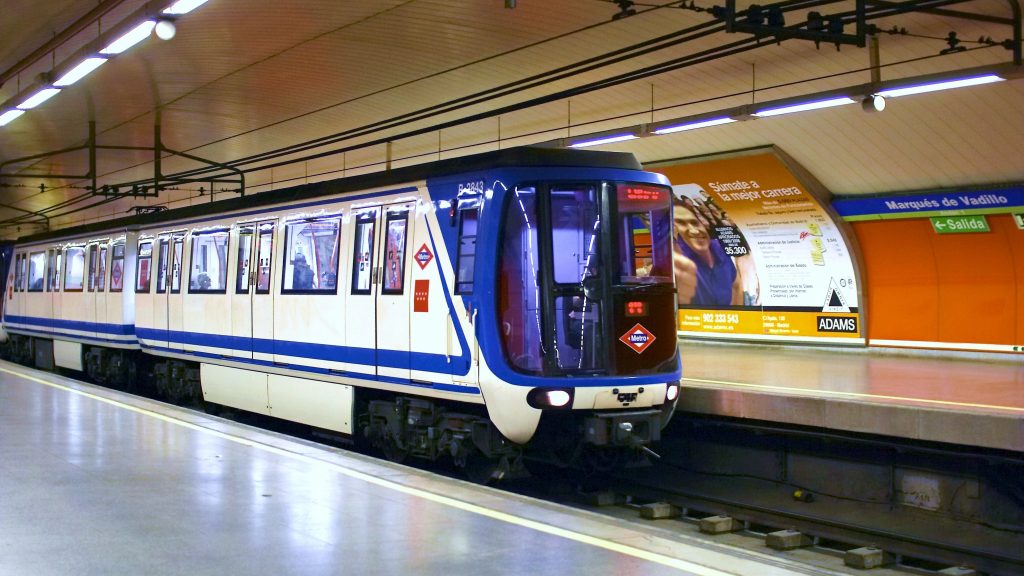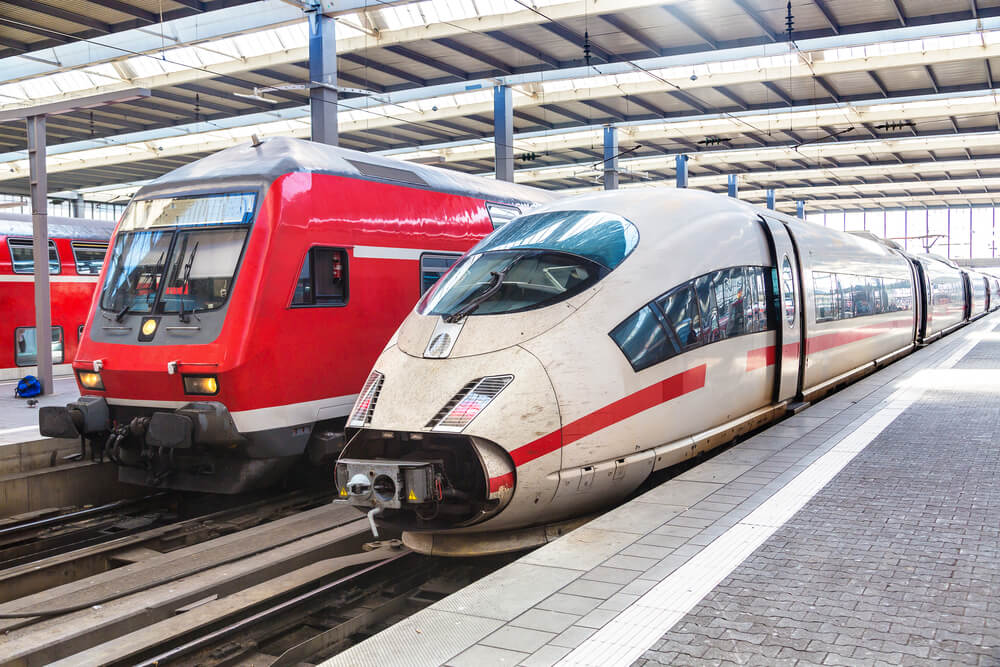In the same month that European teenagers have been awarded free InterRail travel passes, the University of Huddersfield has release details of a project exploring the possibility of using 3D printing to bring about the next generation of trains.
Led by Professor Simon Iwnicki at Huddersfield’s Institute of Railway Research (IRR), the project will be working with steel composite materials to make trains more reliable and hard-wearing.
Europe’s modern transport vision
Professor Iwnicki’s team are primarily investigating the use of lighter train parts made of modern materials as part of Run2Rail, a €2.7m collaborative project involving 15 partners around Europe.
Run2Rail falls under a broader scheme called Shift2Rail, a partnership between the railway industry and the European Commission. To date the commission has allocated nearly €1 billion in funding towards the scheme which seeks to address issues of congestion, energy supply and climate change.
The Run2Rail team hope to demonstrate that 3D printing and modern composite materials run in line with these issues, and make rail journeys more efficient, comfortable, lighter, less noisy and better for the environment.

3D printing will produce lighter, more efficient trains
In an interview with Eva Grey of Railway-Technology, Professor Iwnicki said “We’re looking at additive manufacturing, possibly using steel. This will probably be done for smaller components, maybe around the axle boxes and other components within the running gear. In that way, we can make the materials in complex shapes so it has the strength where we need it.”
Steel additive manufacturing would allow the construction of trains that are lighter than ones made using conventional steel components. This is crucial to improving the efficiency and amount of generated noise, particularly as “we want to carry more and more people and [we want] freight to go faster”.
Modernizing railway culture
Railway culture is certainly changing. Last year the German railway company Deutsche Bahn expanded the components it 3D prints from 1,000 to 2,000 parts, with plans for further expansion this year.
Dubai’s Roads and Transport Authority (RTA) also announced late last year that “3D printing technology will enable RTA to keep the Dubai metro assets in service longer while driving down the cost of parts and passing this saving back to the customer.”

Vote now in the 2018 3D Printing Industry Awards.
For all the latest 3D printing news – subscribe to the 3D Printing Industry newsletter, follow us on Twitter, and like us on Facebook.
The 3D Printing Industry Jobs is live. Post a job or discover your next career move now.
Protolabs is sponsoring the 2018 3D Printing Industry Awards design competition. Submit your entries now with the chance of winning a 3D printer.


